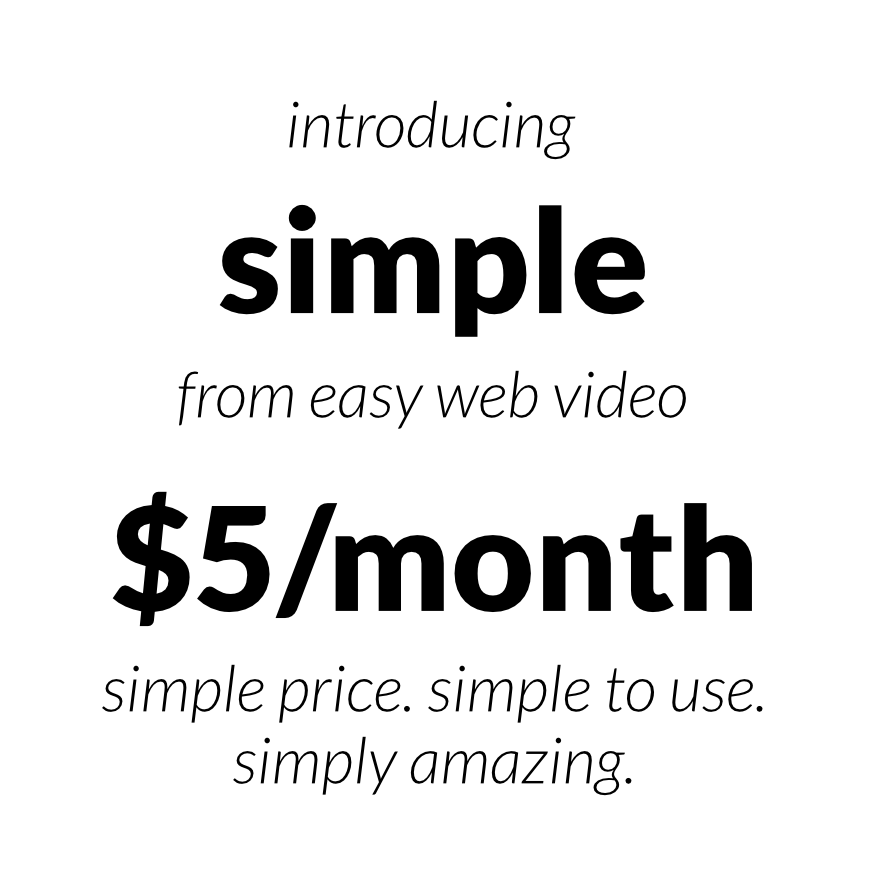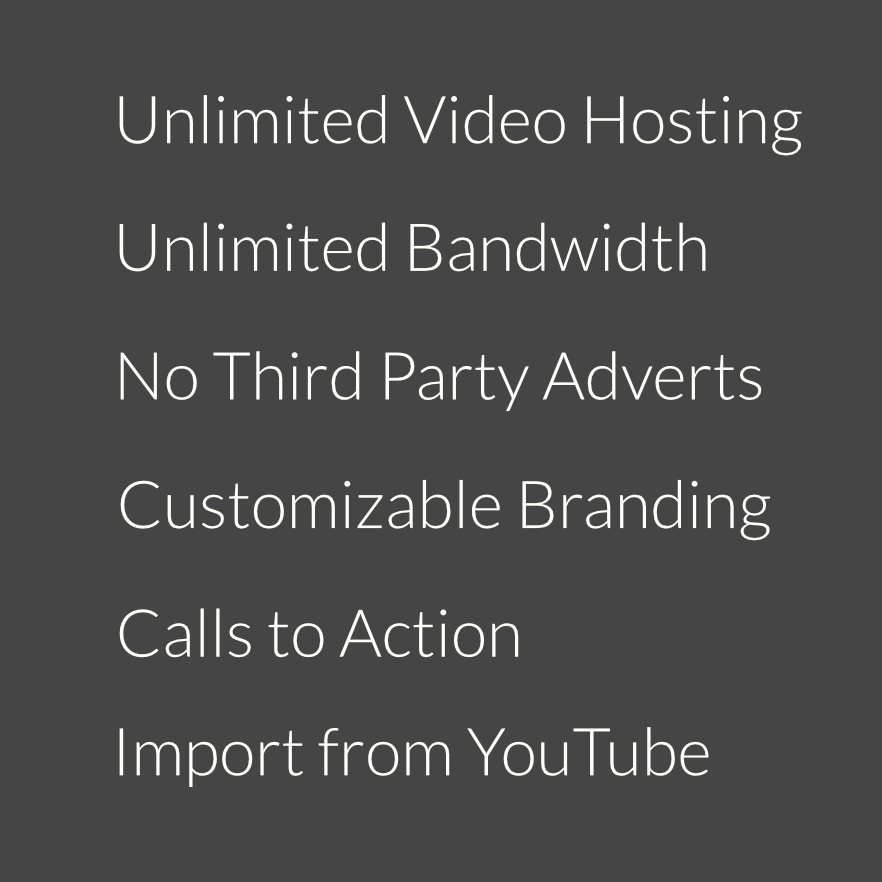If you’re part of the almost 90% of U.S. households viewing more media now than you were this time last year, you’ve probably likewise seen a ton of new video marketing ads from brand names intending to get your attention (and dollars). Can you name any of them? How about trying for 2 or 3?
While social media videos can be a remarkable way to link with consumers at a time of minimal in-person interactions, it’s incredibly hard to create a remarkable and effective video marketing campaign that’s relevant to customers today.
However businesses concerned about long-term sales trends need to make those connections more than ever. There’s opportunities to be found there: Online sales might increase 18% this year.
It’s never an easy task for a video ad campaign to bridge the gap in delivering the visual entertainment demanded by viewers and the consumer engagement expected by brands.
It’s hard enough to develop a humorous, on-trend video, let alone one that also moves product. However, we’d like to share a few ideas that we found work well:
Write a compelling script
A good script will have four main elements:
The Hook: You’ve got mere seconds to grab someone’s attention when they’re scrolling their news feed, and your opener in those precious moments needs to relate to the product or service you’re selling.
Check out this ad for Purple Mattress, for example, which opens with an egg-covered, 330-pound pane of glass dropping onto the mattress without breaking the eggs in it’s first 10 seconds.
Without a clear initial connection, viewers tend to lose interest or skip the video entirely.
The Problem: Sometimes you’re solving an obvious problem, but sometimes it requires a little explaining. Think about all those Sonicare toothbrush ads that need to explain why using a regular toothbrush may not clean your teeth as effectively.
The Solution: This is where you get to explain the hows and whys that make your product or service the best solution for the problem you’ve just outlined. If there are competitor products available aimed at solving the problem, you can explain to your viewers on why yours is best. This is the section of the script where businesses excel — the elevator pitch – and you should already have it down pat.
The Call to Action: Many marketers treat video as a brand-building form of content more than a direct-response medium, but it can be both. When you display your call to action in a brand-friendly, subtle way, you can build your brand and get sales at the same time.
Do a soft release test

A limited release of your video allows you to try out different options to see which one resonates the most with your audience. Think about those times you see alternate endings to blockbuster movies where the original didn’t play well in the limited audience release.
The feedback you’ll glean regarding your video marketing ad’s content is well worth the cost of the test. You can also test other elements of your videos to find the best combination of story structure, thumbnail, title and copy to as to maximize their effectiveness and returns when it’s time to “go live”.
Release your video marketing campaign strategically
It’s exciting to see your video go viral organically, but that should not be the primary goal of its release. A sounder strategy is to market it to audiences or lists that you’ve cultivated and to potential collaborators and influencers as well as running a paid marketing strategy that hits multiple platforms simultaneously.
With ad rates discounted as much as 30% right now, there’s an unique opportunity to get more bang for your advertising buck. If you can invest $1 putting your video marketing campaign in front of viewers and get $2 back in returns, that’s a repeatable model you can scale to increase revenue exponentially.
Use modular content
You want your campaign displayed on all platforms — Facebook, Instagram, Twitter, podcasts, landing pages all of it. You’ll need to ensure that the content and format appearing on each platform makes sense for that platform’s audience. By making the original content modular, in that you can slice it into smaller pieces and arrange them in different sequences, you can cater to each platform’s unique characteristics effectively.
For example, you might have a three-minute video that allows you to pull out little 15- or 30-second cuts that can play on Instagram or a 90 second clip on a collaborator’s site. You’re on each platform, but they all direct back to your centralized landing page, which has the three-minute video and the full educational experience.
This provides your campaign with a greater longevity out of its videos, because you can re-release bits and pieces with different audiences in mind. These campaigns could be let run years after launch — and still produce results. Modular video also helps establish your brand, increase the lifetime of each campaign asset and sets you up for long-term success.
Sending a sincere positive message with humor, if possible, is more important than the cost of the video itself, especially in trying times.






